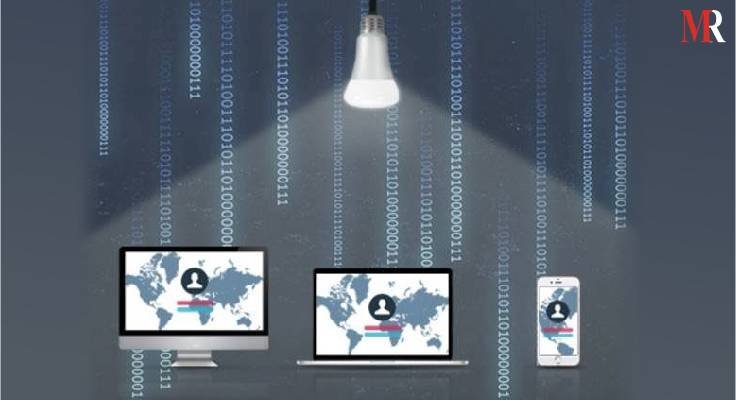Have you wondered how much speed is provided by your Internet Service provider?
Let’s consider around 4-8 Mbps.
Don’t you want that your data should transfer or receive at the speed of light?
Or can’t we make Light as an Internet?
Yes, you have heard it right “Light as an Internet”.
We have achieved great success in technology and yet to achieve more.
When Harald Haas was giving his TED’s Talk speech in Edinburgh, he introduced the term Li-Fi.
When it has been tested for first time, it works unexpected and speed of internet was 224Gbps. It means within 2-3 minutes the whole “Game of throne” season will get downloaded.
What is Li-Fi?
Light Fidelity or “Li-Fi” in simple terms it means when your device is under the Light Emitting diodes (LED), the data will be sent as well as received (Internet connection will work).
It works on visible light connection (VLC).
It has a boosting speed of 224 Gbps.
How does it works?
Li-Fi and Wi-Fi are quite similar as both transmit data electromagnetically. However, Wi-Fi uses radio waves while Li-Fi runs on visible light.
Li-Fi is a Visible Light Communications (VLC) system. This means that it accommodates a photo-detector to receive light signals and a signal processing element to convert the data into ‘stream-able’ content.
An LED light bulb is a semi-conductor light source meaning that the constant current of electricity supplied to an LED light bulb can be dipped and dimmed, up and down at extremely high speeds, without being visible to the human eye.
Li-Fi can work indoors, outdoors, with the lights dimmed and is not strictly line-of-sight technology.
Radio frequency communication requires radio circuits, antennas and complex receivers. Whereas, Li-Fi is much simpler and uses direct modulation methods similar to those used in low-cost infrared communications devices such as remote control units. LED light bulbs have high intensities and therefore can achieve very large data rates.
Who makes Li-Fi technology?
PureLifi made Li-Fi technology in 2012 after four years of research, haas set up company PureLiFi with the aim to be the world leader in Visible Light Communications technology.
Advantages of Li-Fi Technology
Secure: Radio frequency can trespass through wall but light doesn’t so data will be more secure than now. User can see where the data is going.
No interference: Radio frequency technology such as Wi-Fi is vulnerable to interference from a wide range of devices such as cordless phones, microwaves and neighbouring Wi-Fi networks. Interference is much simpler to avoid and even stop altogether while using Li-Fi technology.
Smart lighting: Smart lighting will help the environment (both indoor and outdoor) looks well, at the same time providing smart hotspot to the devices.
Cost: Li-Fi cost is minimal as compared to Wi-Fi technology.
Also Read,
Brain Chip Technology Might Level The Playing Field With Lurking Uncertainties












